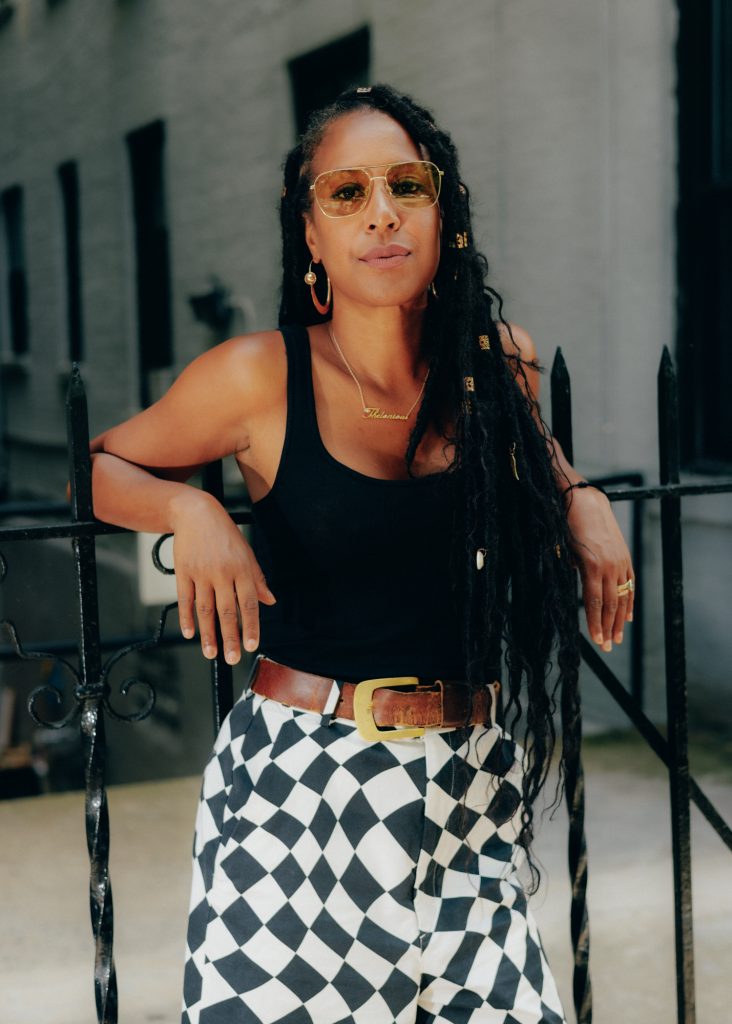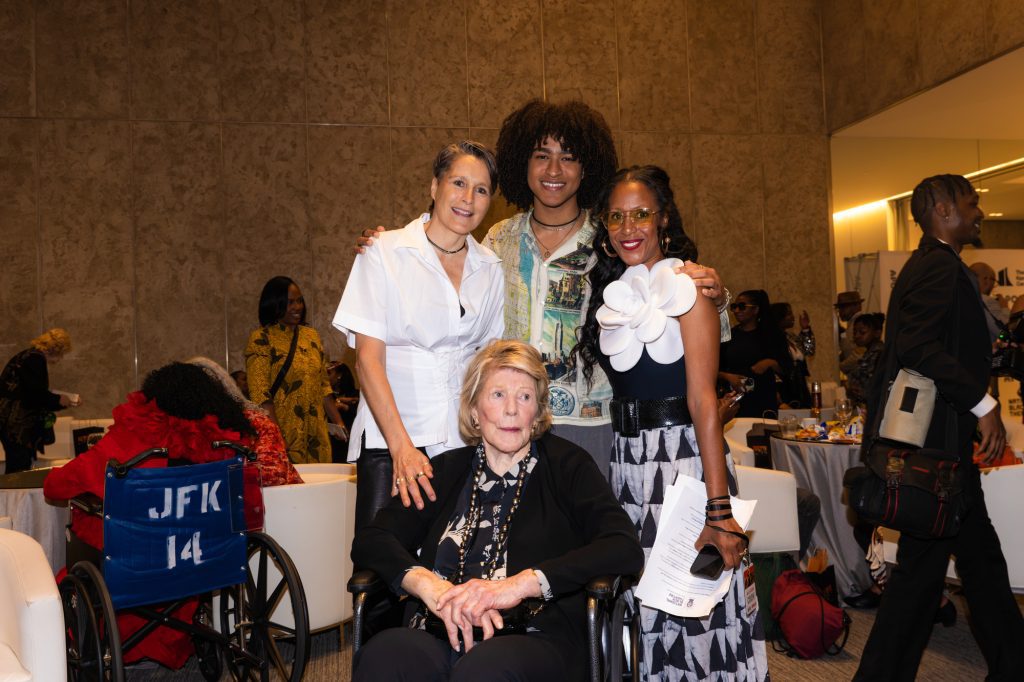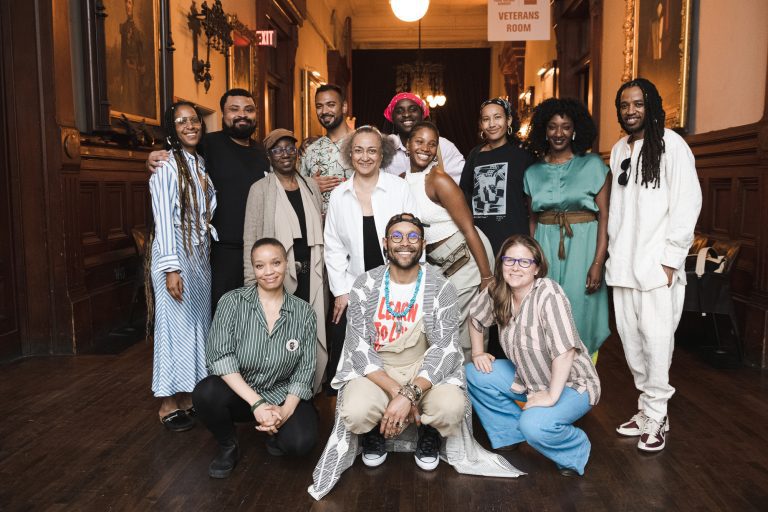

As the CEO of the National Black Theatre, Sade Lythcott continues the revolutionary work her mother, Dr. Barbara Ann Teer, started decades ago. Under Sade’s leadership, the theatre has become a bold space for Black stories, community healing, and artistic innovation. In this interview, she discusses the complexities of preserving her mother’s legacy, how love and courage shape her leadership, and her vision for the future of Black theatre both in Harlem and across the globe.
hube: As CEO of The National Black Theatre, you’ve been instrumental in preserving and expanding your mother’s legacy. What challenges have you faced in carrying forward such a rich cultural heritage while innovating for the future?
Sade Lythcott: There are so many challenges. Every day is a balance between staying true to my mother’s vision and responding to the world we’re in now. My mother founded a theatre based on liberatory practices – humanising and correcting the perception of the African-American experience by empowering Black artists to unapologetically write and tell their stories. So, it’s challenging because, even in 2024, we face unconscious bias and systems that refuse to acknowledge Black people’s full humanity.
You can’t imagine the millions of microaggressions and dog whistles we encounter, often from well-meaning funders, institutions, or donors who appreciate our work but don’t necessarily value it the same way they would for predominantly white institutions. It’s that adage – Black folks or people of colour have to work twice as hard for half as much. So, I would say one of the biggest challenges is always having to explain the value of our work as an arts institution and artist.
It’s not about playing into the stereotype of being underfunded or underserved, but about having the same conversations around artistic rigor and excellence that our white counterparts are having. That’s challenging, especially when the value of our work isn’t always recognised at the same level. And, of course, we’re also rooted in our mission – what my mother put forward as our North Star. Today, the National Black Theatre is innovating in technology, immersive storytelling, and even commercial theatre on Broadway. But at the same time, we’re deeply rooted in Harlem, as a home for Black artists from around the globe.
That spectrum – from early-career to Pulitzer Prize-winning artists – demands a lot of us. We’re trying to hold space for everyone, creating a home for all those voices. It’s a constant challenge, but also a beautiful one, to be present and responsive to what the work requires, without leading with expectations. We have to always be curious about what our artists and community need.

